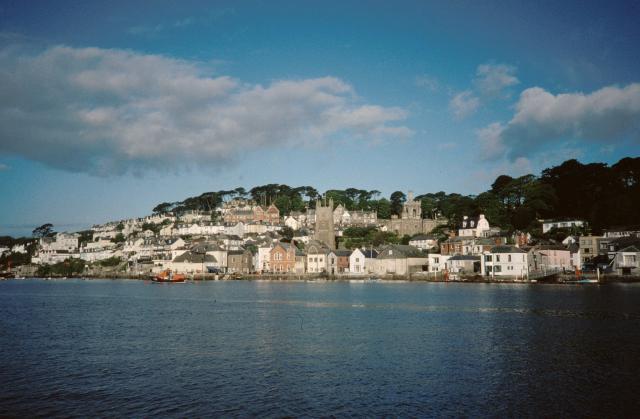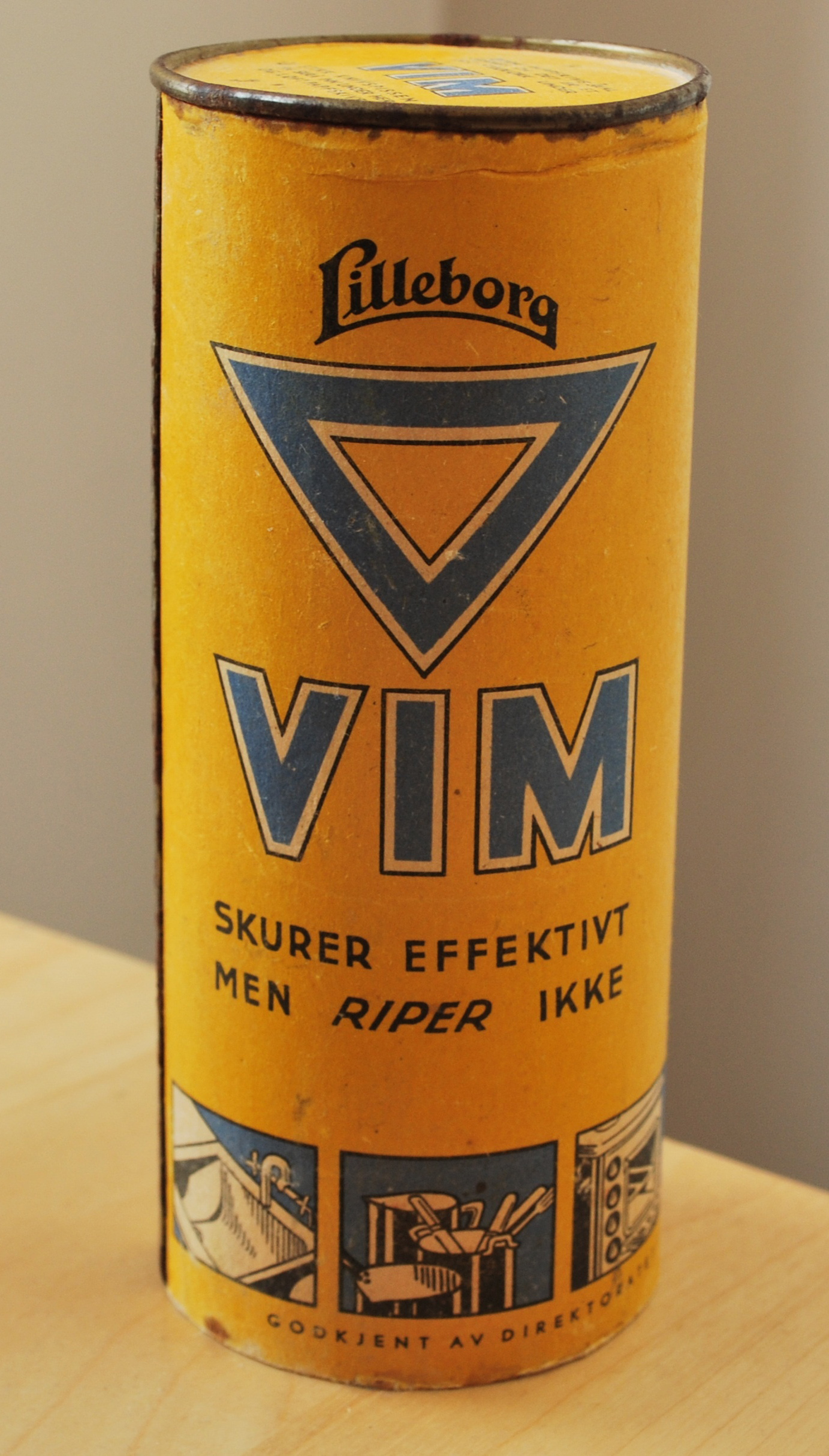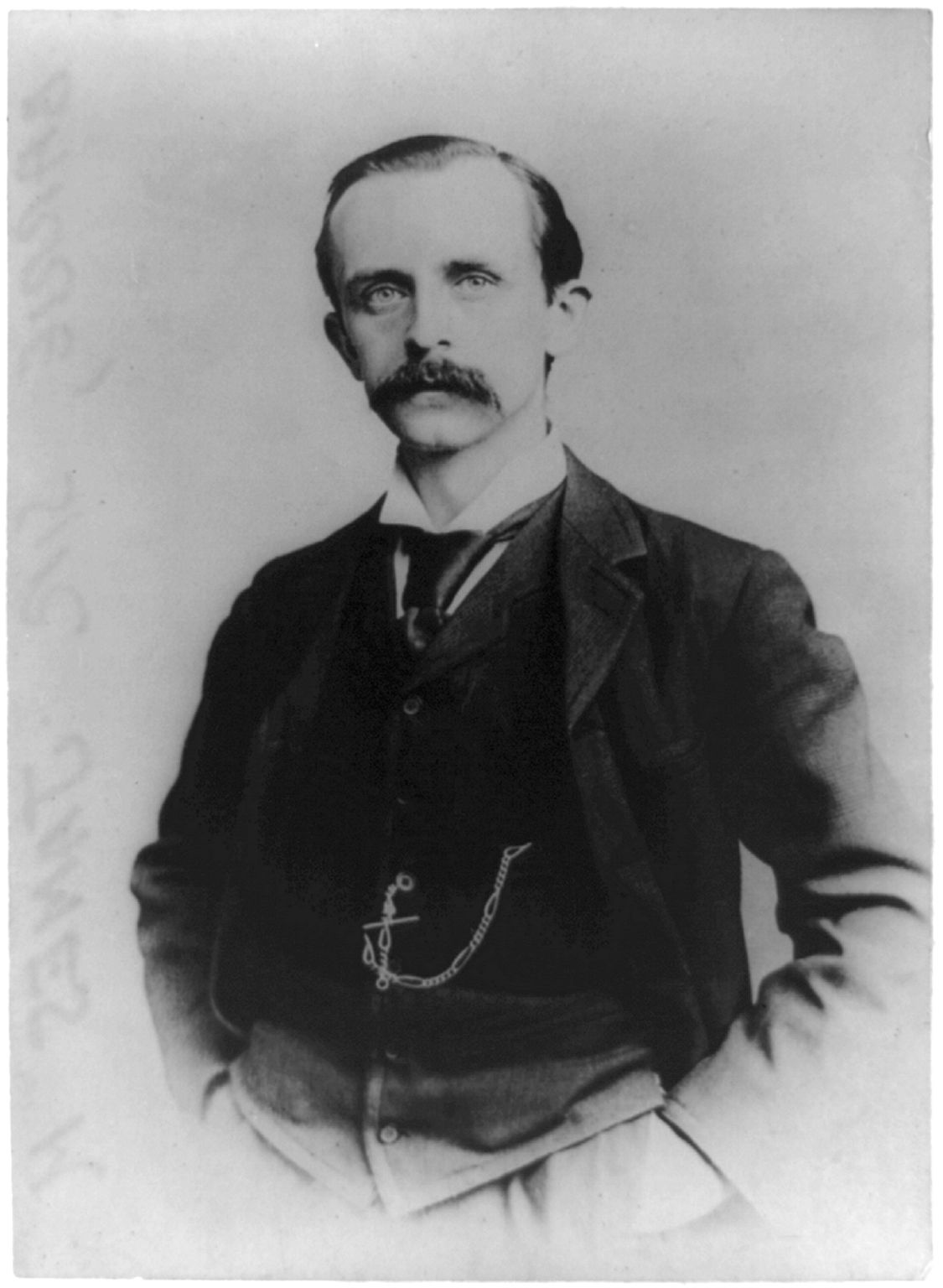|
Mabel Lucie Attwell
Mabel Lucie Attwell (4 June 1879 – 5 November 1964) was a British illustrator and comics artist. She was known for her cute, nostalgic drawings of children. Her drawings are featured on many postcards, advertisements, posters A poster is a large sheet that is placed either on a public space to promote something or on a wall as decoration. Typically, posters include both typography, textual and graphic elements, although a poster may be either wholly graphical or w ..., books and figurines. Biography Attwell was born in Mile End, London, 4 June 1879, the sixth child of butcher Augustus Attwell and his wife Emily Ann. She was educated privately and at the Coopers' Company School and at the Regent Street school. She studied at Heatherley School of Fine Art, Heatherley's and Saint Martin's School of Art, but left to develop her own interest in imaginary subjects, disliking the emphasis on still-life drawing and classical subjects. After she sold work to the ''Tatler ... [...More Info...] [...Related Items...] OR: [Wikipedia] [Google] [Baidu] |
Fowey
Fowey ( ; kw, Fowydh, meaning 'Beech Trees') is a port town and civil parish at the mouth of the River Fowey in south Cornwall, England, United Kingdom. The town has been in existence since well before the Norman invasion, with the local church first established some time in the 7th century; the estuary of the River Fowey forms a natural harbour which enabled the town to become an important trading centre. Privateers also made use of the sheltered harbourage. The Lostwithiel and Fowey Railway brought China clay here for export. History Early history The Domesday Book survey at the end of the 11th century records manors at Penventinue and Trenant, and a priory was soon established nearby at Tywardreath. the prior granted a charter to people living in Fowey itself. This medieval town ran from a north gate near Boddinick Passage to a south gate at what is now Lostwithiel Street; the town extended a little way up the hillside and was bounded on the other side by the river whe ... [...More Info...] [...Related Items...] OR: [Wikipedia] [Google] [Baidu] |
London Transport (brand)
London Transport (LT) was the public name and brand used by a series of public transport authorities in London, England, from 1933. Its most recognizable feature was the bar-and-circle 'roundel' logo. With its origins in the Underground Electric Railways Company of London (UERL), the brand was first used by the London Passenger Transport Board (LPTB) to unify the identity of the previously separately owned and managed London Underground, Metropolitan Railway, bus and tram services. The London Transport brand was extended under the direction of Frank Pick to all aspects of transport operation including poster designs, tickets, train livery, seat upholstery and the station architecture of Charles Holden. When public transport operation was taken over by Transport for London (TFL) from London Regional Transport (LRT) in 2000, the London Transport brand was discontinued and replaced with Transport for London's own branding, which incorporates many features of the London Transport bra ... [...More Info...] [...Related Items...] OR: [Wikipedia] [Google] [Baidu] |
Vim (cleaning Product)
Vim is the name of a range of household cleaning products originally produced by Lever Brothers (later Unilever).''Vim'' at Unilever's Consumer Canada website. The Vim brand is currently owned by the multinational company , and the Anglo-Dutch multinational company in , and .
|
The Illustrated London News
''The Illustrated London News'' appeared first on Saturday 14 May 1842, as the world's first illustrated weekly news magazine. Founded by Herbert Ingram, it appeared weekly until 1971, then less frequently thereafter, and ceased publication in 2003. The company continues today as Illustrated London News Ltd, a publishing, content, and digital agency in London, which holds the publication and business archives of the magazine. History 1842–1860: Herbert Ingram ''The Illustrated London News'' founder Herbert Ingram was born in Boston, Lincolnshire, in 1811, and opened a printing, newsagent, and bookselling business in Nottingham around 1834 in partnership with his brother-in-law, Nathaniel Cooke.Isabel Bailey"Ingram, Herbert (1811–1860)" ''Oxford Dictionary of National Biography'', Oxford University Press, 2004 accessed 17 September 2014] As a newsagent, Ingram was struck by the reliable increase in newspaper sales when they featured pictures and shocking stories. Ingram ... [...More Info...] [...Related Items...] OR: [Wikipedia] [Google] [Baidu] |
The Graphic
''The Graphic'' was a British weekly illustrated newspaper, first published on 4 December 1869 by William Luson Thomas's company Illustrated Newspapers Ltd. Thomas's brother Lewis Samuel Thomas was a co-founder. The premature death of the latter in 1872 "as one of the founders of this newspaper, nd whotook an active interest in its management" left a marked gap in the early history of the publication. It was set up as a rival to the popular ''Illustrated London News''. The influence of ''The Graphic'' within the art world was immense, its many admirers included Vincent van Gogh, and Hubert von Herkomer.Mark Bills, "Thomas, William Luson (1830–1900)", ''Oxford Dictionary of National Biography'', Oxford University Press, 2004 It continued to be published weekly under this title until 23 April 1932 and then changed title to ''The National Graphic'' between 28 April and 14 July 1932; it then ceased publication, after 3,266 issues. From 1890 until 1926, Luson Thomas's company, ... [...More Info...] [...Related Items...] OR: [Wikipedia] [Google] [Baidu] |
The Bystander
''The Bystander'' was a British weekly tabloid magazine that featured reviews, topical drawings, cartoons and short stories. Published from Fleet Street, it was established in 1903 by George Holt Thomas. Its first editor, William Comyns Beaumont, later edited the magazine again from 1928 to 1932. It was notably popular during World War I for its publication of the " Old Bill" cartoons by Bruce Bairnsfather. The magazine also employed many notable artists including H. M. Bateman, W. Heath Robinson, Howard Elcock, Helen McKie, Arthur Watts, Will Owen, Edmund Blampied and L. R. Brightwell. It also published some of the earliest stories of Daphne du Maurier (Beaumont's niece), as well as short stories by Saki, including "Filboid Studge, the Story of a Mouse that Helped". The magazine ran until 1940, when it merged with ''The Tatler'' (titled ''Tatler & Bystander'' until 1968). [...More Info...] [...Related Items...] OR: [Wikipedia] [Google] [Baidu] |
Hodder & Stoughton
Hodder & Stoughton is a British publishing house, now an imprint of Hachette. History Early history The firm has its origins in the 1840s, with Matthew Hodder's employment, aged 14, with Messrs Jackson and Walford, the official publisher for the Congregational Union. In 1861 the firm became Jackson, Walford and Hodder; but in 1868 Jackson and Walford retired, and Thomas Wilberforce Stoughton joined the firm, creating Hodder & Stoughton. Hodder & Stoughton published both religious and secular works, and its religious list contained some progressive titles. These included George Adam Smith's ''Isaiah'' for its ''Expositor’s Bible'' series, which was one of the earliest texts to identify multiple authorship in the Book of Isaiah. There was also a sympathetic ''Life of St Francis'' by Paul Sabatier, a French Protestant pastor. Matthew Hodder made frequent visits to North America, meeting with the Moody Press and making links with Scribners and Fleming H. Revell. ... [...More Info...] [...Related Items...] OR: [Wikipedia] [Google] [Baidu] |
Marie Of Romania
Marie (born Princess Marie Alexandra Victoria of Edinburgh; 29 October 1875 – 18 July 1938) was the last Queen of Romania as the wife of King Ferdinand I. Marie was born into the British royal family. Her parents were Prince Alfred, Duke of Edinburgh (later Duke of Saxe-Coburg and Gotha) and Grand Duchess Maria Alexandrovna of Russia. Marie's early years were spent in Kent, Malta and Coburg. After refusing a proposal from her cousin, the future King George V, she was chosen as the future wife of Crown Prince Ferdinand of Romania, the heir apparent of King Carol I, in 1892. Marie was Crown Princess between 1893 and 1914, and became immediately popular with the Romanian people. After the outbreak of World War I, Marie urged Ferdinand to ally himself with the Triple Entente and declare war on Germany, which he eventually did in 1916. During the early stages of fighting, Bucharest was occupied by the Central Powers and Marie, Ferdinand and their five children took refu ... [...More Info...] [...Related Items...] OR: [Wikipedia] [Google] [Baidu] |
May Byron
May is the fifth month of the year in the Julian and Gregorian calendars and is the third of seven months to have a length of 31 days. May is a month of spring in the Northern Hemisphere, and autumn in the Southern Hemisphere. Therefore, May in the Southern Hemisphere is the seasonal equivalent of November in the Northern Hemisphere and vice versa. Late May typically marks the start of the summer vacation season in the United States (Memorial Day) and Canada (Victoria Day) that ends on Labor Day, the first Monday of September. May (in Latin, ''Maius'') was named for the Greek goddess Maia, who was identified with the Roman era goddess of fertility, Bona Dea, whose festival was held in May. Conversely, the Roman poet Ovid provides a second etymology, in which he says that the month of May is named for the ''maiores,'' Latin for "elders," and that the following month (June) is named for the ''iuniores,'' or "young people" (''Fasti VI.88''). Eta Aquariids meteor shower ap ... [...More Info...] [...Related Items...] OR: [Wikipedia] [Google] [Baidu] |
Peter And Wendy
''Peter Pan; or, the Boy Who Wouldn't Grow Up'' or ''Peter and Wendy'', often known simply as ''Peter Pan'', is a work by J. M. Barrie, in the form of a 1904 play and a 1911 novel. Both versions tell the story of Peter Pan, a mischievous little boy who can fly, and has many adventures on the island of Neverland that is inhabited by mermaids, fairies, Native Americans, and pirates. The Peter Pan stories also involve the characters Wendy Darling and her two brothers John and Michael, Peter's fairy Tinker Bell, the Lost Boys, and the pirate Captain Hook. The play and novel were inspired by Barrie's friendship with the Llewelyn Davies family. Barrie continued to revise the play for years after its debut until publication of the play script in 1928. The play debuted at the Duke of York's Theatre in London on 27 December 1904 with Nina Boucicault, daughter of the playwright Dion Boucicault, in the title role. A Broadway production was mounted in 1905 starring Maude A ... [...More Info...] [...Related Items...] OR: [Wikipedia] [Google] [Baidu] |
Charles Kingsley
Charles Kingsley (12 June 1819 – 23 January 1875) was a broad church priest of the Church of England, a university professor, social reformer, historian, novelist and poet. He is particularly associated with Christian socialism, the working men's college, and forming labour cooperatives, which failed, but encouraged later working reforms. He was a friend and correspondent of Charles Darwin. Life and character Kingsley was born in Holne, Devon, the elder son of the Reverend Charles Kingsley and his wife, Mary Lucas Kingsley. His brother Henry Kingsley (1830–1876) and sister Charlotte Chanter (1828–1882) also became writers. He was the father of the novelist Lucas Malet (Mary St. Leger Kingsley, 1852–1931) and the uncle of the traveller and scientist Mary Kingsley (1862–1900). Charles Kingsley's childhood was spent in Clovelly, Devon, where his father was Curate in 1826–1832 and Rector in 1832–1836, and at Barnack, Northamptonshire. He was educated at Bri ... [...More Info...] [...Related Items...] OR: [Wikipedia] [Google] [Baidu] |
The Water-Babies, A Fairy Tale For A Land Baby
''The Water-Babies, A Fairy Tale for a Land Baby'' is a children's novel by Charles Kingsley. Written in 1862–63 as a serial for '' Macmillan's Magazine'', it was first published in its entirety in 1863. It was written as part satire in support of Charles Darwin's ''On The Origin of Species''. The book was extremely popular in the United Kingdom and was a mainstay of British children's literature for many decades, but eventually fell out of favour in America in part due to its claimed prejudices against Irish, Jews, Catholics, and Americans. Story The protagonist is Tom, a young chimney sweep, who falls into a river after encountering an upper-class girl named Ellie and being chased out of her house. There he appears to drown and is transformed into a "water-baby", as he is told by a caddisfly—an insect that sheds its skin—and begins his moral education. The story is thematically concerned with Christian redemption, though Kingsley also uses the book to argue that En ... [...More Info...] [...Related Items...] OR: [Wikipedia] [Google] [Baidu] |







.jpg)